Open versus integrated telematics systems?
The Quantum Leap in Fleet Logistics: Telematics Links Data and Information
Internal fleet strategies and fleet management can no longer do without digital technologies. Optimized processes in the communication between driver and vehicle increase efficiency, transparency and value in the physical world of goods. Without digital technologies, up-to-date reporting, data acquisition, controlling and modern route management would no longer be conceivable at low cost. Just think of the evaluation systems for the digital tachograph, route tracking, logbook control, driver communication, tire pressure monitoring or load temperature monitoring. One can clearly say – telematics systems are enjoying increasing demand!
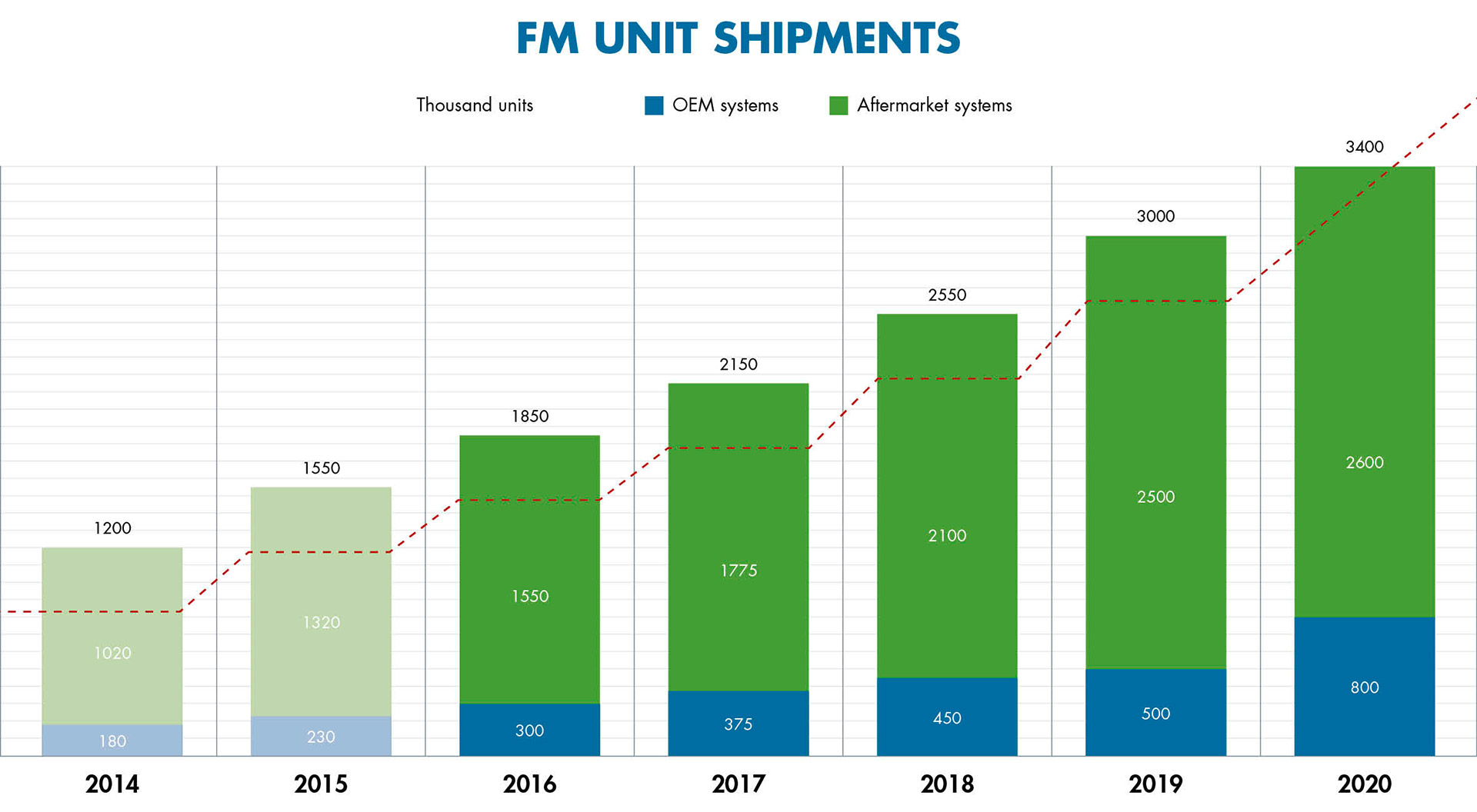
Changed logistics scenarios
The use of telematics solutions has a simplifying and optimising effect on the management of goods flows and the exchange within one’s own company and between different companies. Innovative possibilities of data coordination lead to cost-efficiently increased operational processes and company results. Not only the individual services of positioning systems such as route optimisation, safety standards and smooth disposition are convincing fleet managers who think in terms of profitability categories. Even the main arguments – savings in the fuel consumption of the company fleet and reduction of COs emissions – leave no doubt that telematics will be part of the standard equipment of future-oriented companies in the future.
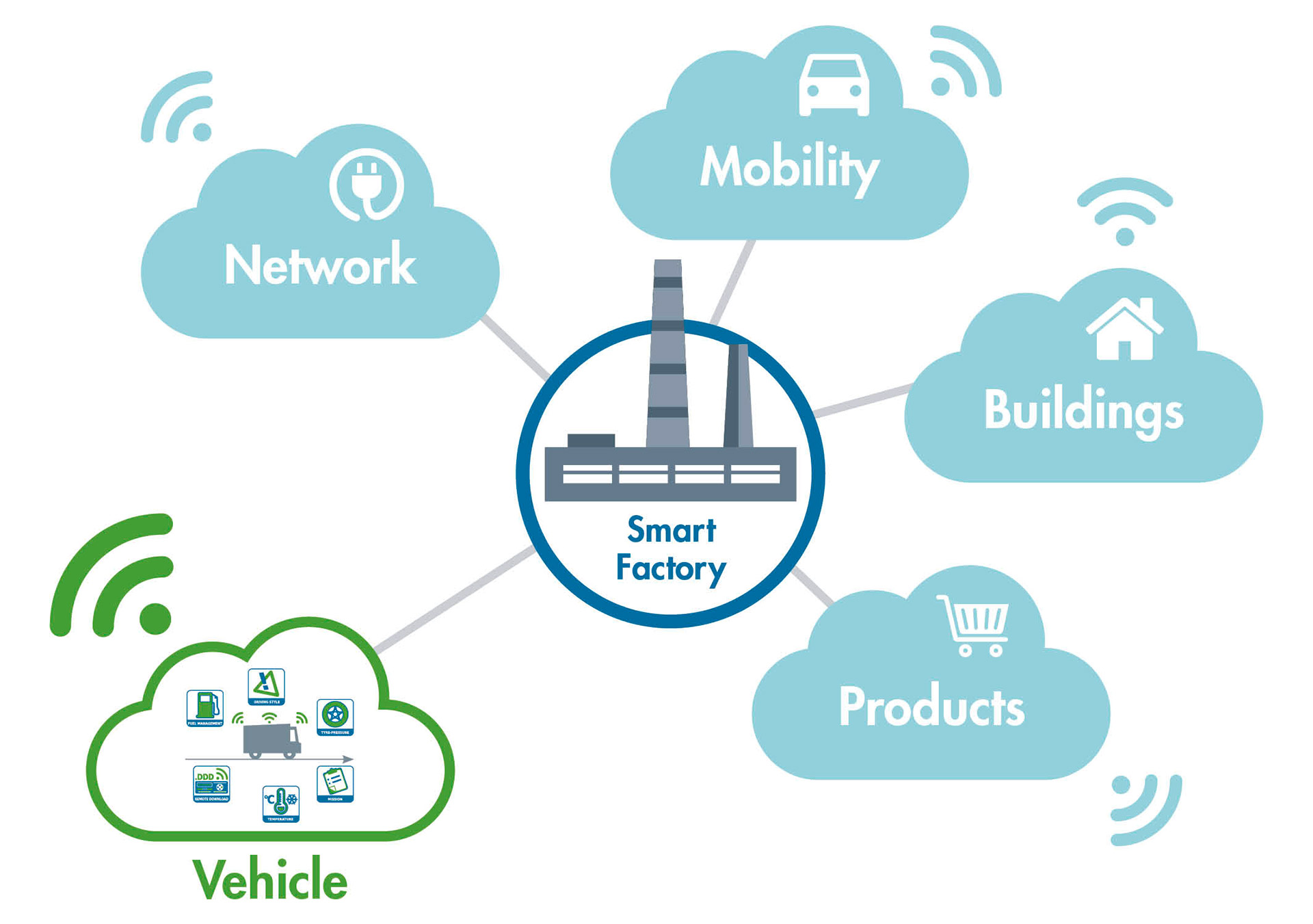
Cooperative communication between the company management and fleet employees and communication with the driver(s) is a not inconsiderable contribution to successful use. A constantly increasing number of networking and integration options also extends the range of functions. – The fact that this development, which primarily benefits business users, not only helps large companies but also small users to achieve efficient and cost-saving fleet and fleet management, while at the same time increasing the value of data, is hardly surprising in view of the convincing results.
Sustainability and resource conservation secure future opportunities
Telematics professionalizes vehicle fleet and fleets. Provided that collaborative systems are used that increasingly network the process paths between producers, logistics service providers and recipients. IT plays an increasingly important role on the keyboard of the overarching business processes. The intelligent logistics of energy, money, goods, data and personal flows for the benefit of efficiency and value enhancement is decisively advanced by optimized information transfer along the value chains. IT as an important instrument for productivity and performance improvement is becoming increasingly important within companies since manpower and capital have reached their limits when it comes to internal performance improvement. IT supports cross-company processes, flows of goods and supply chains and efficient administration, is indispensable in human resources, accounting, communication, research and development. Why should the organization and control of a fleet strategy or a modern fleet management behave differently?
Be sustainable and highly efficient? Telematics leads the way
Just years ago it was enough to keep the fleet up-to-date. Today it is a pivotal point in the company with regard to sustainability, marketability and market presence. The maxims of today’s corporate management are to act cost-effectively, to operate in an environmentally friendly manner and to think in a resource-conserving manner. Over the years, the old-style fleet manager has mutated into an agile and IT-savvy fleet manager. Innovative telematics plays a not inconsiderable role in this. In the necessary networking between different senders and recipients, the steadily growing digitalization has enabled a leap in quality. More complex, more demanding, faster, more flexible and at the same time more cost-effective and comfortable – this is how fleet planning and management should be operated today and also perceived from the outside. Saving fuel and resources does not begin with the use of low-emission technology, but with the logistical rationality of a fleet park.
Smart scheduling, capacity utilization and deployment control, gentle driving, reduced safety risks and delaying wear and tear – these are just a few of the advantages that telematics indirectly offers companies. For the person directly affected – the driver – this means a simplified and uncomplicated work organization after an initial change. The company’s eco-balance is in the green range and driver health, work performance and safety are drastically increased by early information on traffic obstructions, traffic jams or construction sites. The proof of driving and rest periods and the fulfilment of legal requirements are no longer a problem right from the start. Modern reporting and communication between the company and the non-stationary means of production (fleet units), such as route changes or order details, reduce costs and prevent loss of time. Keywords: Digital tachograph. Communication with driver.
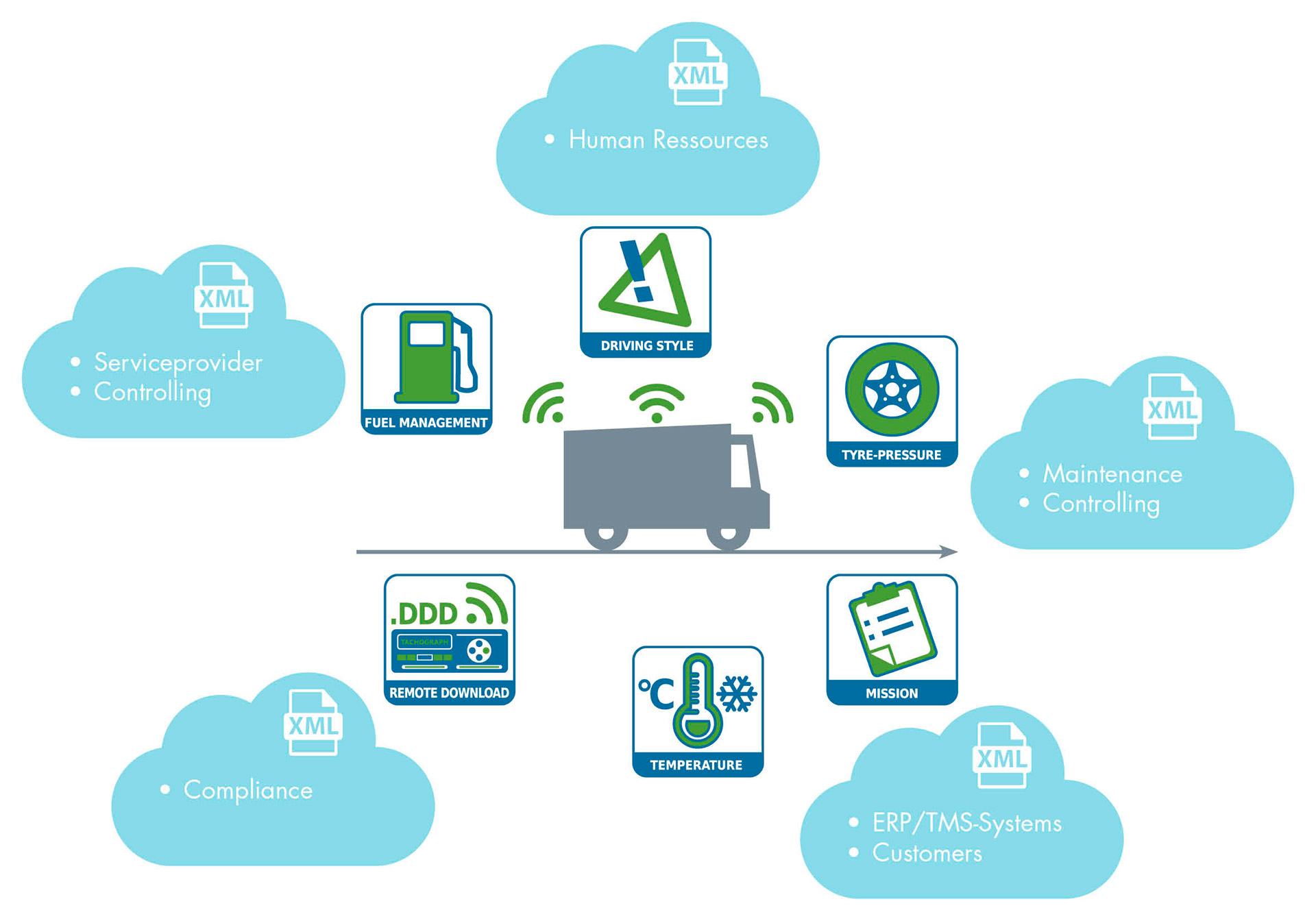
The question that every company with a fleet of vehicles has to ask itself is: Open or integrated, cost-efficient telematics?
A telematics system usually consists of three components: A cloud solution, an on-board computer in the non-local emergency vehicles and bidirectional data communication. An integrated telematics system combines relevant data from different telematics systems. It promises more safety and a noticeable saving of costs. In contrast, what does open telematics offer in terms of data availability, transparency of mobile resources and increased fleet efficiency? Advantages and disadvantages of the two models are compared in the following.
What are the challenges of telematics systems in companies?
Within the company, digitization is an important issue at all operational levels, which will receive increasing attention in the near future. Networked systems have also long since found their way into logistics. In today’s digital world, in which customer requests are already received and answered on social media accounts, new employees are found online, companies must progressively position themselves to fully meet the digital availability and changing demands of target groups. Internally, digitization means a comprehensive participation in a thorough economization process that promises to increase efficiency, productivity and profitability as well as added value.
Market development and innovation have become much easier in the course of digitization, but the speed of development has increased rapidly. The profoundly changed needs of increasingly mobile and informed customers must be met by those operating on the market with further digitization such as mobile services and other intelligent tools. The use of networked vehicles and modern digital applications can make a major contribution to minimizing routine activities and making them more efficient. A decisive step that helps to catch up with competitors in a performance-oriented and competitive manner and to maintain its market position. The consequences are quite respectable: Cost efficiency, flexibility and transparency!
What do these considerations mean for companies that have to manage a fleet of vehicles or a fleet efficiently and want to achieve the optimum?
Worldwide digitalization can be applied to any fleet that rises to “digital fleet management” when properly understood. Neglecting these market opportunities could prove fatal, because today’s fleet management demands the whole man. In recent years it has become much more demanding, complex and complicated. However, incalculable risks entail potential friction losses. Customers’ demands for ever faster deliveries, cost-effective offers, unproblematic processing and a high level of convenience in all process steps have significantly exacerbated the initial and business situation for fleet operators. Parallel to the appearance of new technical processes, new tasks have arisen which have to be mastered – such as the creation of an innovative and effective fleet strategy, sustainable and future-oriented concepts and the further training and management of drivers. Economic sustainability, made possible by uncompromising rethinking, is the order of the day.
The management of a company fleet involves a wealth of detailed and routine tasks and is fraught with many risks and imponderables. Valuable employee potentials are tied up and develop into time wasters or sooner or later prove to be cost traps. Modern management systems, on the other hand, which work with integrated telematics or open systems, generate invaluable efficiency gains in the scheduling of transport vehicles, materials and staff deployment. Last but not least, communication with the driver(s) benefits from the advantages of telematics. Legal requirements such as the tachograph evaluation are thus met precisely and cost-efficiently.
What tasks does telematics already perform today?
The connection of vehicle systems and the linking of information between local transmitters and receivers is characterized by continuous product optimization and the associated expansion of the field of application. The classic applications of a fleet of telematics vehicles range from communication with the driver to tire pressure monitoring, load temperature monitoring, vehicle opening and route tracking. The tachograph evaluation complies with all legal control regulations. Driver assessment, maintenance and future maintenance are also part of the service spectrum of the telematics solution, which is part of fleet management.
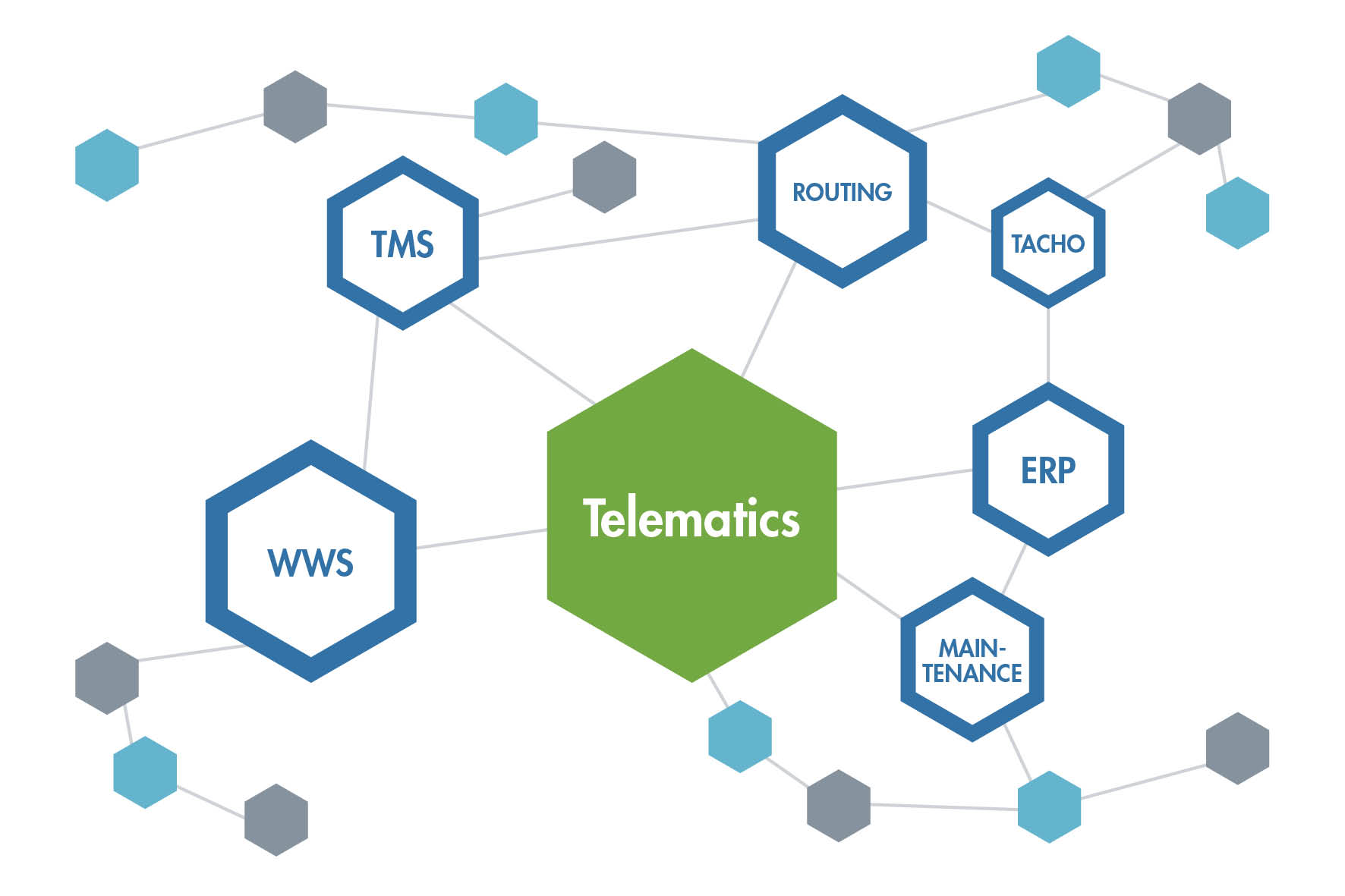
Telematics systems can occur openly or not networked with each other or communicatively with other systems (here the database does not allow any far-reaching comparisons) and can only be used for a certain circle or are manufacturer-specific and based on unpublished standards. The latter leads to problems for companies with multi-brand strategies, as subcontractors receive relevant data, if at all, on different transmission paths/via different systems. For small and medium-sized enterprises this can mean considerable processing and cost problems. For reasons of cost, such a solution is rather inappropriate for SMEs and should be rejected as too costly. The companies concerned would have to purchase and connect several different systems and would be excluded from a continuous flow of information. System boundaries in the flow of information along the value chain would be the result.
Finally, this telematics system is too complicated for SMEs and therefore inefficient because it is not clearly transparent. In addition, strong differences in real-time communication and across company boundaries are to be feared. In these cases, there is a lack of a neutral telematics solution such as the networked vehicle model, which could be used universally by all companies in the supply chain.
A critical juxtaposition: Integrated telematics versus open telematics systems
How is a system defined? A system is a whole composed of several individual parts organized in an externally delimited structure. It is characterised by a limited geographical orientation of independent but interconnected and interacting components or subsystems. A system reacts (usually) to external influences. In a dynamic system, certain variables can change over time, but this is not the case in a static system. A stable system can withstand normal changes, an unstable system can’t.”
What about integrated systems?
Integrated systems are not capable of interacting with their environment or environment in certain categories or as a whole, or at least their ability to do so is significantly more limited than in open systems. In telematics, proprietary OEMs are usually equated with integrated/closed systems. But this is not always the case. On the other hand, the term “integrated system” is often applied to a system that consists like “one piece”, i.e. in which all components fit together perfectly and are optimally matched to each other. These systems often consist of individual components from the same manufacturer. In rare cases, an integrated system may also be a network of partially open systems capable of communicating with each other via interfaces.
What characterizes an integrated system?
An integrated system offers a high depth with a very high level of detail, which is useful in the application. The companies using the software benefit from a tailor-made, individual solution that addresses the real operational needs and problems. However, there is a lack of interfaces to other corporate instances such as the merchandise management system, the ERP systems and the route planning and scheduling systems. The lack of interfaces to workshop systems, tank accounting systems and evaluation systems for the digital tachograph also reduces the value. Lack of contact points to accounting systems such as investment management and finance and to staff deployment systems are also considered a deficiency. If the individual deficit were still to be cushioned, however, the shortcomings would have a negative impact in their entirety and reduce the desired efficiency. The generally high development and acquisition costs and the cost of ongoing maintenance must also be assessed negatively and counteractively. Individual system solutions that are adapted to a single company usually lack critical scalability, i.e. adaptability, scalability and flexibility. Further compatibility is not to be expected from integrated systems either.
Open systems are what the term says: Open for many things!
We speak of open systems when hardware and software implementations within telematics meet specific standards that allow unhindered and uncomplicated access to the solutions of different manufacturers. There are different characteristics for this: First, the open systems where the collection of standards is formally defined and those that simply consist of de facto definitions. They derive relevant characteristics from their portability, scalability and interoperability. The latter is seen as the most important characteristic that an open system generally aims at. In an open system, different systems, which have different functions and partly come from different manufacturers, unite to achieve a common goal. This open system is successful if the user perceives and uses it as a homogeneous system.
With which specific features do open telematics systems relieve the user?
Open systems are able to adapt smoothly to external influences or changes. That makes them responsive and agile. Their ability to cooperate is high: they are able to communicate with other open systems without any problems. The possibility of expanding and scaling open systems is to be understood as a kind of investment protection. Users of open systems are more independent of a specific manufacturer. Also because components from different manufacturers can be combined and integrated into a single system. It is characterized by a high degree of adaptability and integration capability, which makes seamless and problem-free communication with other departments, suppliers or manufacturers in real time almost child’s play.
What are the prerequisites for successful cross-company cooperation?
Open versus integrated systems
As the above mentioned explanations show, excellent cooperation between different partners in transport logistics requires the use of open systems. The expectations of the company management or the fleet manager in cooperation with external partners in the telematics application segment are manifold. Consequently, in most cases an open system is advisable. An integrated system makes sense above all when a high level of integration, based on a single application, is targeted. A good example of this is vehicle data that is to be linked with maintenance messages. If a fleet has only been equipped with vehicles from a single manufacturer, i.e. if there is a mono strategy, it can also be interesting for the topic of driver evaluation to switch on an integrated system. However, if the fleet originates from different manufacturers, this application must be carried out according to different criteria.
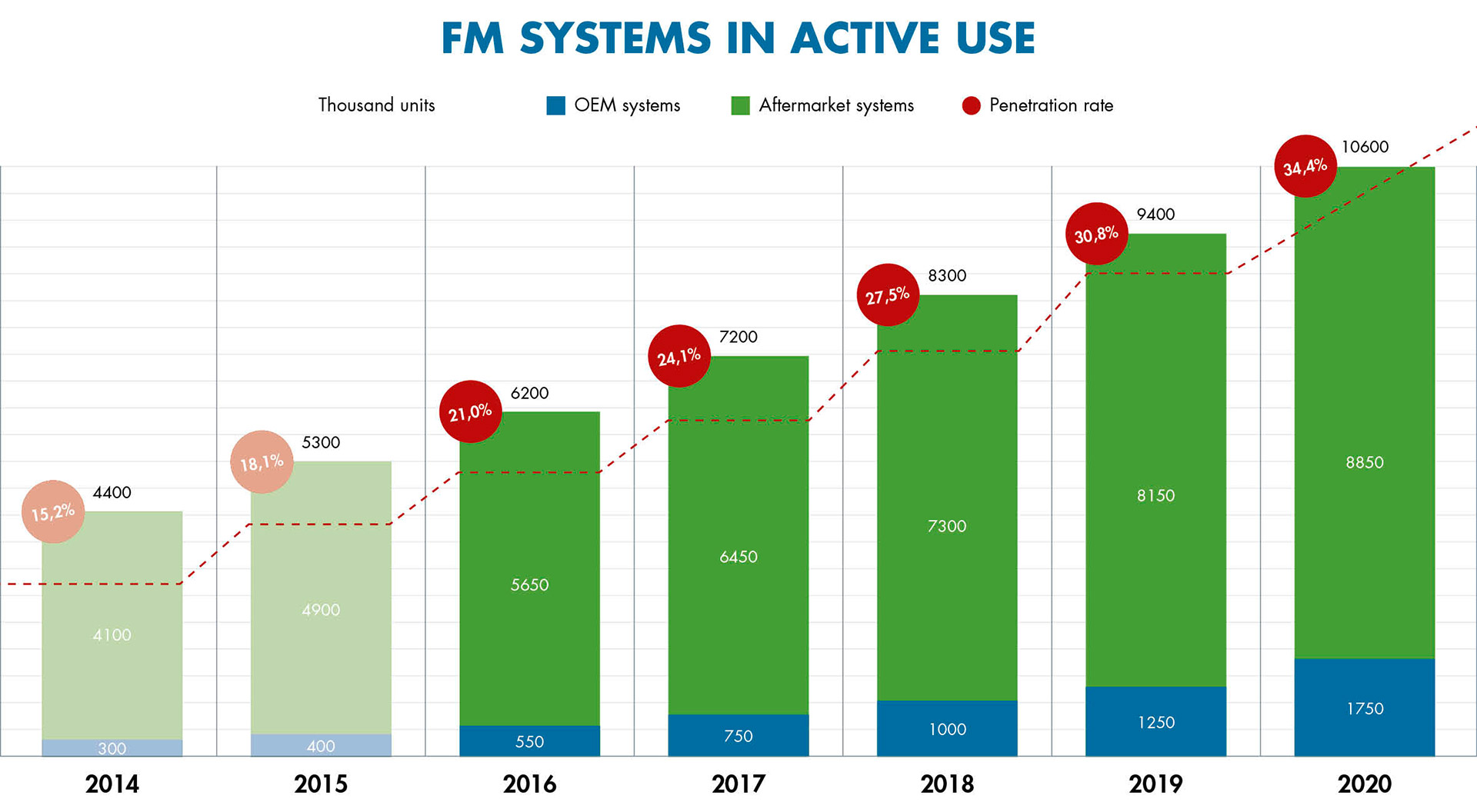
The choice of supplier needs to be well considered
The question of which provider is the most suitable partner for the company also has far-reaching significance. Which solutions fit which needs? Which vital requirements for telematics lie at the top of the list in the respective company and how can these be convincingly served with which hardware and software solutions? Which supplier has the adequate experience and with which innovations has he already attracted attention? How have its offers been evaluated internationally? These and similar case-related criteria should precede the decision. In fact, individual providers have specialised in individual applications such as driver evaluation, temperature monitoring or route management. However, if one constantly observes the prevailing trend, one will clearly argue in favour of networking the specialists among each other and against the integration of a complete solution.
Overcoming company boundaries
When exchanging information and data, company boundaries have long been considered obsolete; media breaks within company boundaries can still be overcome quite easily with modern digitalisation via interfaces (so-called APIs). However, if the nature of the data differs in principle, increased requirements are placed on the exchange of information. An example makes it clear: Fz data, for example, which are present on the Fz’s own CANbus, must first be translated into an API-compatible representation using an interpreter and then set up in real time in the cloud.

The OpenTelematics has set itself the goal of simplifying this task. The digital exchange of mobile order and telematics data internally and beyond company borders is often not possible for users at all or only with disproportionately high investments. The necessary interfaces to existing ERP or transport management systems often have to be implemented by solution providers at great cost and time. The standard interface creates a uniform basis for all solution providers and users to digitize and exchange mobile data. The standard interface developed by OpenTelematics now enables customers to better exploit the potential of digitization, and projects can be implemented much more quickly.
Summary: Advantages of open systems
The overall view achieved with an open system leads to economic advantages and remarkable results such as cost reduction, increased efficiency in fleet management and profitability. SME-compatible systems are still scarce in this area. However, there is a clear trend that these systems, which would ensure cost-effective data exchange, are already under development and our forecast is that they will be available in the coming years. However, if these systems are also to be commercially successful, they must be designed as open telematics systems as an indispensable prerequisite, in which the data can be passed on to upstream or downstream systems.
The economic efficiency aspect will convince every user of the benefits of open systems. However, not every open telematics system is per se cost-efficient. Depending on the provider’s business model (project business or provider model), we come across a different price structure. The acquisition costs for an open system can be kept moderate on the provider side, since the open system does not only reach a single individual customer, but is also available to a broader user community. The fact that its development costs can be significantly reduced benefits the individual user. This way, scalability is transformed into high cost efficiency!
Interfaces are the magic word
Like bridges, they represent defined transitions between the systems and are capable of mapping their own systems. This applies to the interfaces to the merchandise management system, ERP, route planning, scheduling and personnel deployment systems. Other systems, such as workshop, tank accounting, bookkeeping (asset management, financing) can also be integrated in this way, and not least the evaluation systems for the digital tachograph. This is exactly why an association like OpenTelematics e.V. is so essential for digitization in medium-sized businesses.

